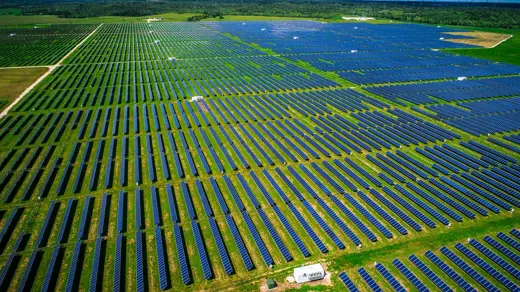While the run-up to the deal promised investment opportunities via public-private partnerships (the so-called ‘3Ps’), today there is still much uncertainty and little clarity about next steps. Despite the lack of details however, the new law sets a direction for how investors might deploy the mountain of dry powder on the sidelines – and that is a cause for optimism.
The bill that President Joe Biden signed into law is one of the largest infrastructure packages in U.S. history, including $550 billion in new investments for bridges, airports, waterways and roads. American banks are already preparing to help local governments issue municipal bonds and finance projects.
Public-private partnerships
Unfortunately, the Act leaves Private Equity (PE) a bit in limbo because it fails to offer concrete guidance on public-private partnerships. But it certainly leaves opportunity available for 3Ps and creates a framework that might help PE finance infrastructure. For example, it boosted the U.S. Department of Transportation’s Transportation Infrastructure Finance and Innovation initiative, which facilitates public-private partnerships for transit projects, making it easier for private capital to underwrite not only roads but airports, transit-oriented housing and other developments. Smart PE managers will be looking for additional investment opportunities, especially via infrastructure-focused funds, in the coming months.
But even before this law passed, big players like Blackstone were lobbying lawmakers for structural changes to enhance these partnerships. They are now reportedly seeking to strengthen regulations with the assistance of the Global Infrastructure Investor Association to make sure the new law encourages more public-private partnerships. The feds are likely to spell out more details on that in the near future.
Unknowns aside, the new plan is crystal clear in its ESG-focused direction and the opportunities it offers to fund managers – so long as they’re ESG-ready.





